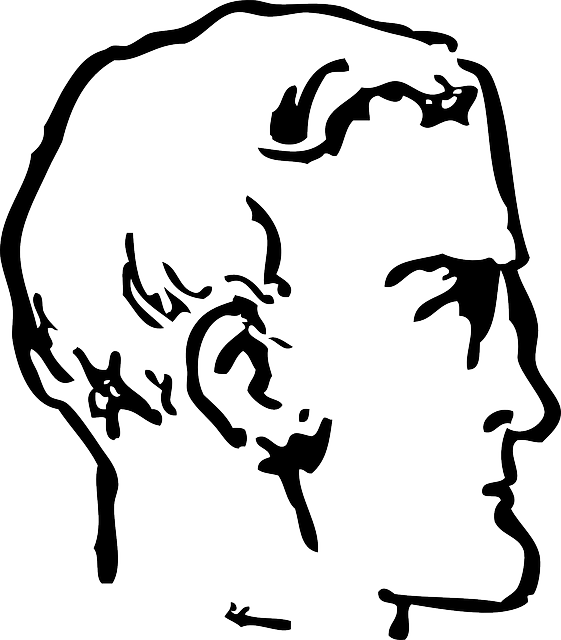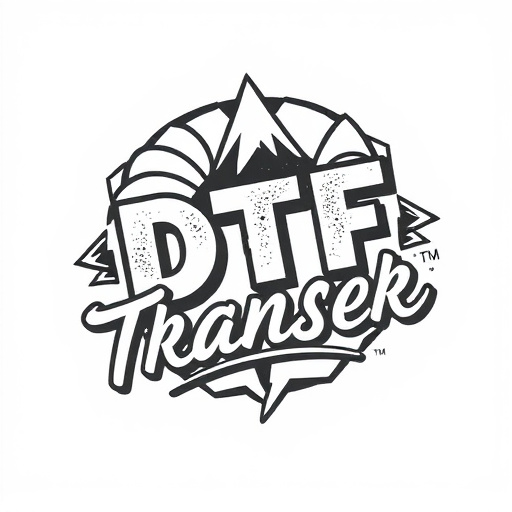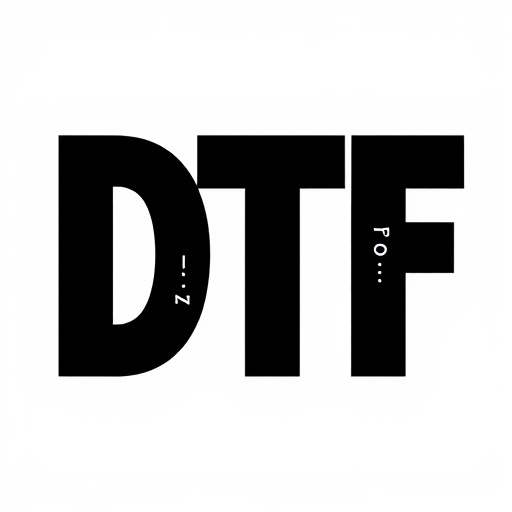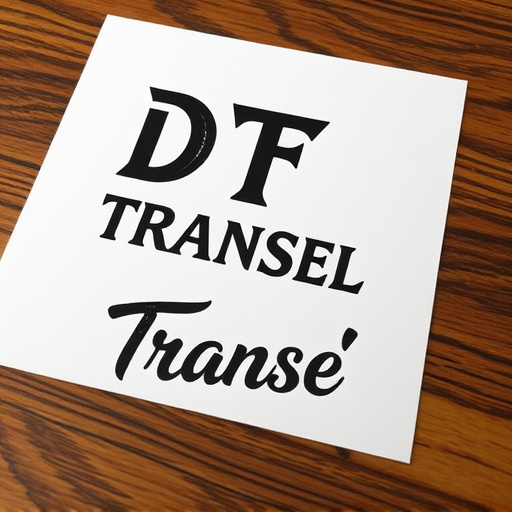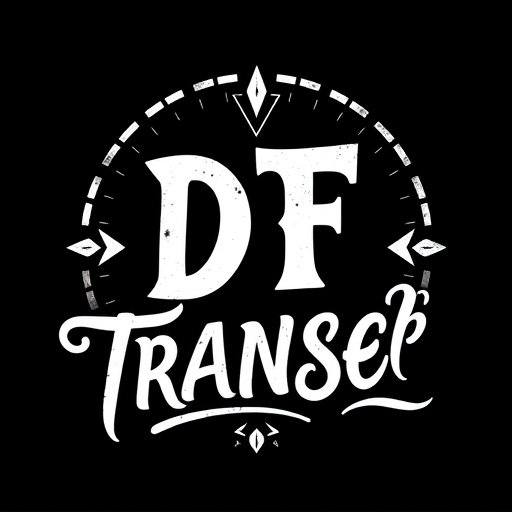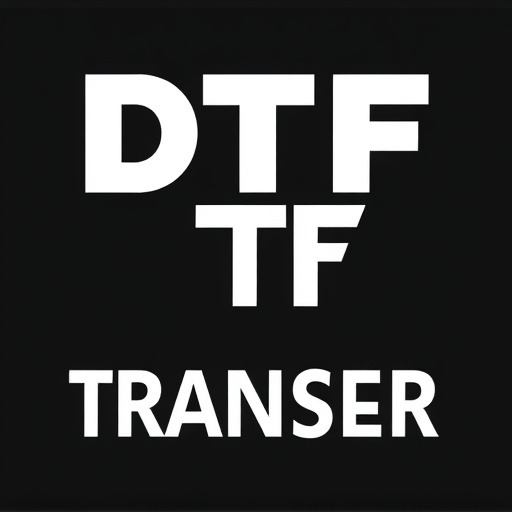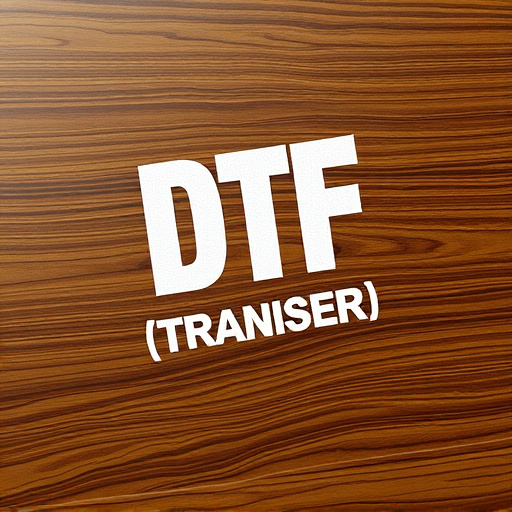Direct-to-Film (DTF) transfer printing is a cutting-edge technology enabling high-quality, full-color prints directly onto diverse film surfaces. Ideal for custom signage, art reproductions, and promotional items, DTF offers unparalleled detail, color accuracy, and durability both indoors and outdoors. Precise dimension selection, careful material choice, and meticulous preparation ensure top-tier print quality. Advanced printing technologies like UV/LED and thoughtful media considerations enhance vibrancy and sharpness. DTF is a versatile game-changer across sectors, from apparel to signage, with future trends focusing on intricate details and sustainable practices.
“In the realm of direct-to-film (DTF) transfer, a game-changing technology is transforming industries. This article delves into the multifaceted world of DTF, exploring its various dimensional options and their impact on print quality. From understanding the fundamentals of DTF transfer to uncovering optimal material considerations, we navigate the process for achieving exceptional results. Additionally, we examine practical applications across sectors and unveil future trends shaping the evolving landscape of DTF printing and its dimensional possibilities.”
- Understanding Direct-to-Film (DTF) Transfer: A Brief Overview
- The Essential Dimensions for DTF Transfer Orders
- Material Considerations for Optimal DTF Prints
- Techniques to Achieve High-Quality DTF Transfers
- Practical Applications of DTF Printing in Various Industries
- Future Trends and Innovations in DTF Dimensional Options
Understanding Direct-to-Film (DTF) Transfer: A Brief Overview
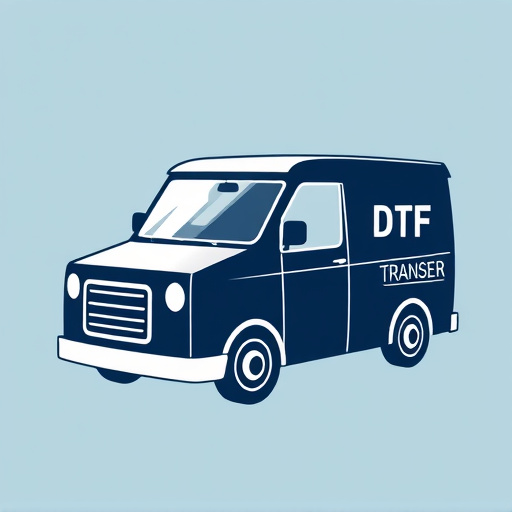
Direct-to-Film (DTF) transfer is a cutting-edge printing technology that allows for the creation of high-quality, full-color prints directly onto various film surfaces. This innovative process eliminates the need for traditional intermediate steps, such as creating film positives or negatives, making it an efficient and versatile option for a wide range of applications. DTF Printing offers unparalleled detail and color accuracy, ensuring that final prints resemble the original artwork or image with remarkable precision.
With DTF Transfer, artists, designers, and printers can achieve vibrant, durable results on a diverse array of materials, including vinyl, canvas, and even specialty films. This technology is particularly advantageous for custom signage, vehicle graphics, art reproductions, and promotional items, enabling businesses and individuals to bring their creative visions to life with exceptional speed and efficiency. DTF prints are known for their long-lasting durability, making them suitable for both indoor and outdoor use.
The Essential Dimensions for DTF Transfer Orders
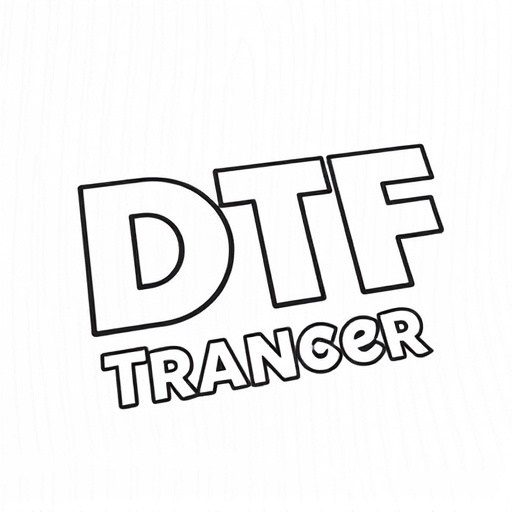
When placing a direct-to-film (DTF) transfer order, understanding essential dimensions is crucial for ensuring precise and high-quality prints. The primary focus lies in selecting the appropriate width and length to accommodate your design while considering the substrate’s size. DTF Printing requires accurate dimensions to prevent waste and achieve crisp, detailed results. For instance, if you’re creating a graphic for a specific product packaging, matching the print dimensions exactly with the package’s dimensions is vital.
Each DTF transfer order should be tailored to fit the intended application seamlessly. This means considering not just the final image size but also any necessary borders or margins. Adequate spacing ensures that your design doesn’t appear cramped or cut off when applied to the target surface. By paying attention to these dimensions, you can guarantee that your DTF prints will be visually appealing and accurately represent your creative vision.
Material Considerations for Optimal DTF Prints
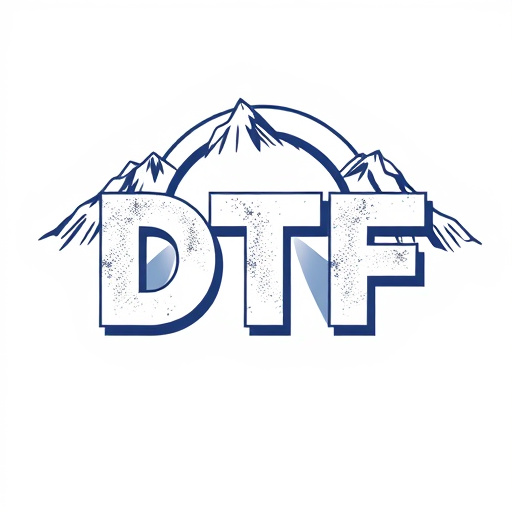
When considering material for Direct-to-Film (DTF) transfer orders, several factors come into play to ensure optimal prints. The choice of material directly impacts the final product’s quality, durability, and aesthetic appeal. For DTF printing, high-quality film or vinyl is essential as it allows for precise color reproduction and a crisp finish. Different materials offer various advantages; for instance, flexi films are versatile and suitable for creating curved designs, while rigid vinyl provides sturdier prints ideal for signage and display purposes.
The surface preparation of the chosen material is another critical aspect. A clean, smooth surface ensures that the DTF transfer adheres well, preventing bubbles or streaks in the print. Proper material selection and pre-treatment can enhance the overall longevity of the final product, making it suitable for both indoor and outdoor use. This consideration is particularly important when printing for various applications, such as advertising banners, garment design, or decorative wall art, ensuring each DTF print meets the required standards.
Techniques to Achieve High-Quality DTF Transfers

Achieving high-quality Direct-to-Film (DTF) transfers requires a meticulous approach and an understanding of the process’s technical aspects. One crucial technique is to use advanced printing technologies, such as UV or LED printing, which offer superior color accuracy and resolution, ensuring that every detail from the original film is captured in the DTF prints. The choice of media, including specific types of film and ink, plays a significant role; high-quality materials ensure vibrant colors and sharp details.
Additionally, proper preparation of the source material is essential. This involves digitizing films with careful scanning, color profiling, and calibration to minimize any color shifts or artifacts. Skilled technicians also consider lighting conditions during filming, as consistent illumination minimizes reflections and distortions, resulting in cleaner, more accurate DTF transfers.
Practical Applications of DTF Printing in Various Industries

Direct-to-film (DTF) transfer printing has found its way into numerous industries, revolutionizing various applications. One of its most prominent uses is in the apparel industry where DTF allows for high-quality, intricate print designs on textiles, fabrics, and clothing. This technology enables small businesses and entrepreneurs to create and sell custom-designed apparel, tapping into a thriving market for unique fashion items.
Moreover, DTF Printing has made significant inroads into signage and advertising. Outdoor advertisements, billboards, and window displays now often feature vibrant DTF prints, offering superior color accuracy and durability. This method is particularly advantageous for businesses seeking to create eye-catching, long-lasting visuals that can withstand outdoor conditions. Additionally, the versatility of DTF extends to packaging, where it’s used to produce visually appealing labels and wrappers, enhancing product branding and market appeal.
Future Trends and Innovations in DTF Dimensional Options
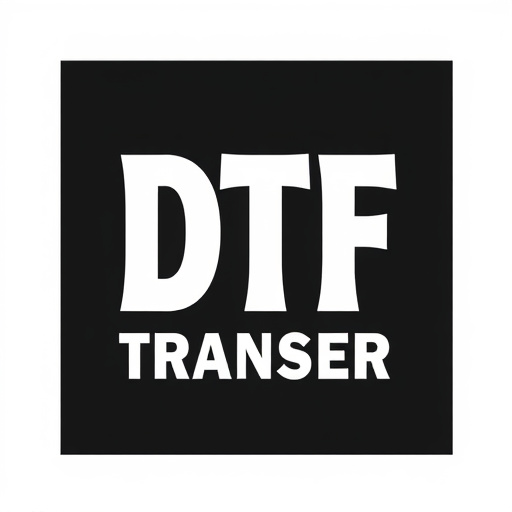
The future of direct-to-film (DTF) transfer technology looks promising, with continuous innovations expanding its dimensional capabilities. Emerging trends suggest a move towards more intricate and detailed DTF prints, pushing the boundaries of what was once possible. Advanced printing techniques, such as high-resolution UV printing and inkjet technologies, enable the creation of vibrant, precise DTF transfers that closely mimic the original media. This evolution promises to enhance various industries, including fashion, where designers can now bring their creative visions to life with intricate patterns and designs on a variety of fabrics.
Additionally, sustainable practices are driving innovation in DTF printing. Eco-friendly inks and materials are being developed, offering reduced environmental impact without compromising quality. These advancements cater to the growing demand for eco-conscious production methods, aligning with global trends towards sustainability. As technology progresses, we can expect even more dimensional options, allowing for greater creativity and versatility in DTF transfer orders, catering to diverse market needs and opening new possibilities for product customization and personalization.



